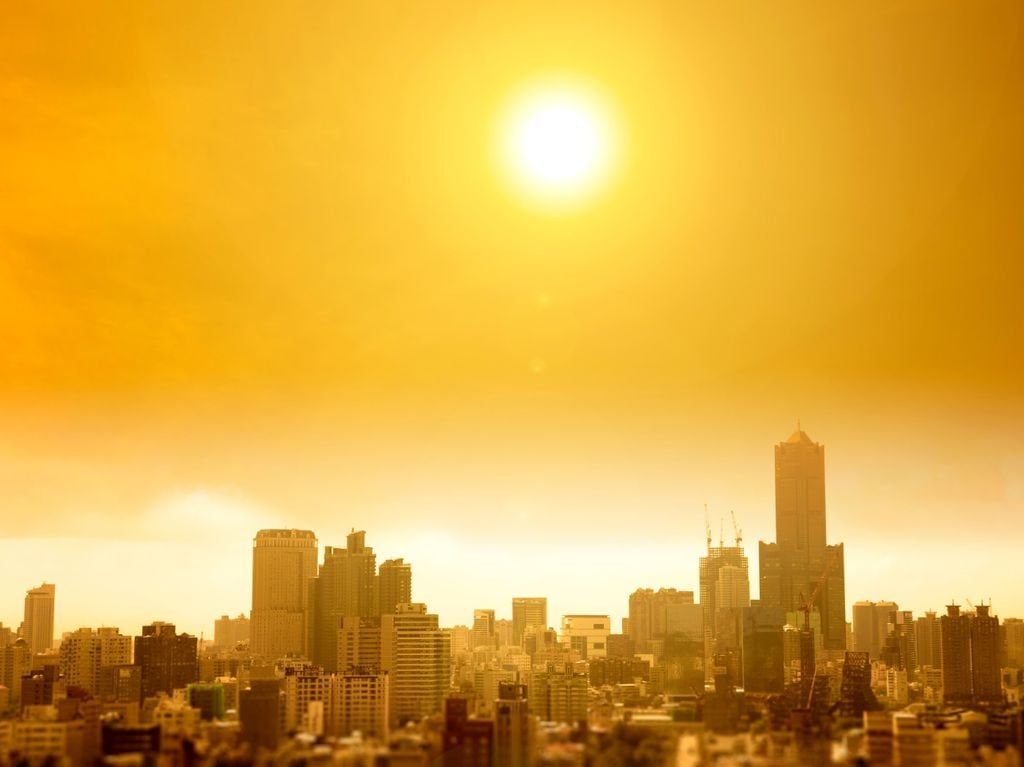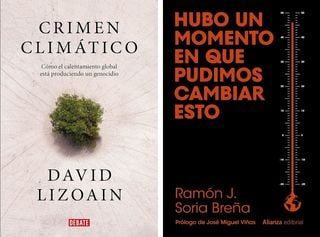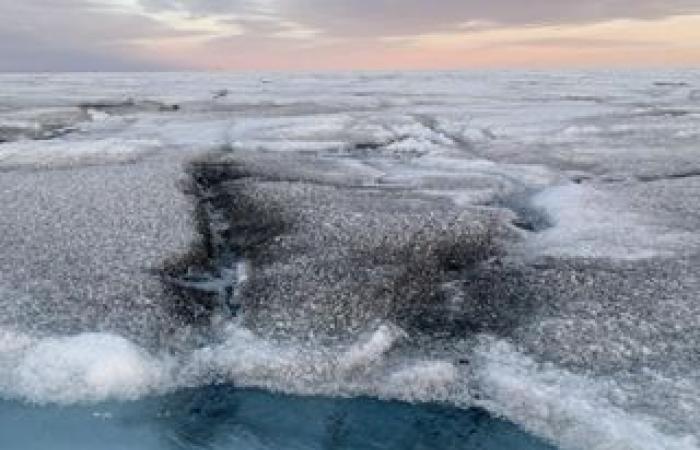The National Aeronautics and Space Administration (NASA) issued a worrying warning: “by the year 2050, some portions of our planet could become uninhabitable.” Taking data collected from satellites as a reference, the space agency of the United States, predicted this alarming scenario.
In a range of three to five decades some regions will no longer have adequate conditions for the development of life human. The experts explained that by using a specific thermal indicator, known as a wet bulb, the entity was able to identify certain areas at risk.
Scientists have discovered giant viruses in Greenland: could they help combat melting ice?

NASA highlights that, due to the effect of climate change, a considerable impact is being detected on the habitability of our global environment. According to the conclusions reached by the space agencyderived from the heat, certain planetary areas could become uninhabitable, even with the risk of making the development of human life in them impossible.

This condition, they explain, would be directly related to global warming, which It is causing an increase in the frequency and severity of the presence of heat waves on a planetary level. This extreme heat will be the main reason for making certain regions uninhabitable.
The fundamental indicator to measure thermal stress
Given this, scientists explained why the heat would make some regions uninhabitable for humans. They stated that the wet bulb index is essential to record the thermal stress that the human body can tolerate. This factor combines temperature with air humidityallowing to evaluate the body’s ability to dissipate heat through sweating.
The researchers consider that a wet bulb index higher than 35°C for six consecutive hours, can pose a fatal health risk human, since in these conditions the body loses the ability to regulate its internal temperature.
Some regions have exceeded the critical threshold
NASA further explained that, over the past 15 years, some subtropical regions have already surpassed the critical threshold. Derived from this, It is predicted that the phenomenon could intensify, as well as spread to other territories, as global warming advances, potentially turning those spaces into uninhabitable areas.
The essential climate change books to liven up your next summer vacation

According to the study carried out, based on global climate models, in addition to global warming projections, NASA has indicated that there are several regions that could become uninhabitable for humans, precisely because the wet bulb index will exceed the 35°C.
Potentially affected areas
Among the impacted territories, it is expected that a large part of the nations of South Asia will be found, such as Pakistan; as well as several countries located in the Persian Gulf, as well as towards the coasts of the Red Sea. In this same sense, there are other regions at risk for the year 2070.
A wet bulb index above 35°C for six consecutive hours could represent a fatal risk to human health.
In that case, we can find certain regions of Brazil and to the east of China. Related to the above, Some regions of the United States could also experience significant changes during the following decades.
In most regions, the wet bulb index does not exceed 25 to 27 °C
In general, most regions of the planet where there are warm and humid conditions have a wet bulb index that does not exceed 25 to 27°C. This condition is somewhat uncomfortable for humans.but it is not especially dangerous, except in those cases in which you are doing some intense physical activity.
Experts say that the highest wet bulb index that humans can tolerate is 35 °C for a period of six hours. After that, the risk of death increases considerablyand even insured in more extreme cases.










